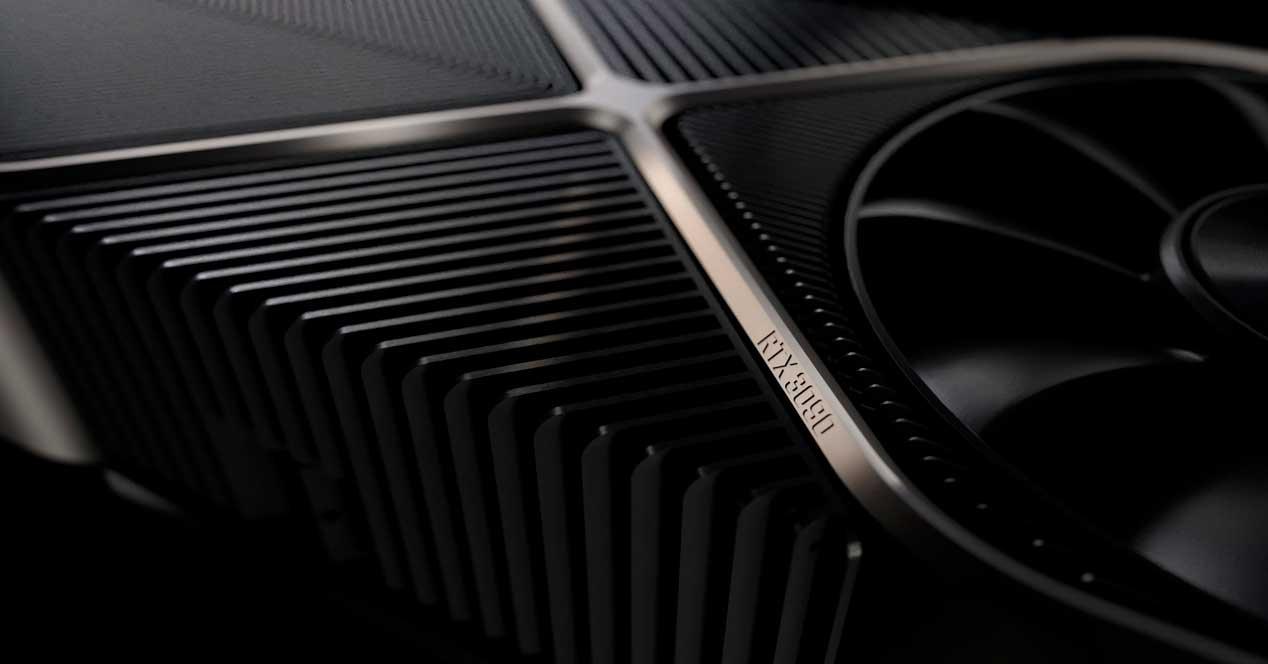The introduction of the RTX 3080 and RTX 3090 does not seem to be the basis for NVIDIA flowers, because in distribution problems due to speculators we have to add production problems to other cards that seem to hang when they reach a certain clock speed.
What’s the problem with the RTX 3080 and RTX 3090?
It seems that the problem lies with the capacitors installed behind the GPU, especially the six, which are responsible for filtering the NVVDD / MSVDD card graphics card. When the GPU reaches a speed of more than 2 GHz, the desktop crashes without warning, and the worse the filter, the higher the clock speed, and the more likely it is that users will encounter this problem. .
At least the information you have so far, where the problem lies in the choice of capacitors. Photo card manufacturers are required to adhere strictly to NVIDIA’s standards and this does not appear to be sufficient detail.
NVIDIA standards recommend the use of two types of capacitors that can be self-assembled, i POSCAPs (Conductive Polymer Tantalum Solid Capacitors) you can see in red in the image above, with the file MLCC (Multilayer Ceramic Chip Capacitor) marked in green. Obviously, the latter types see a few instability issues in their drawing cards.
However, MLCCs are the cheapest type of capacitor, the most likely to break and do not allow high temperatures, and POSCAPs are large and do not allow to reach such a high clock speed when operating at low levels, but the latter are very resistant and have a very low tendency to break. time and can work at high temperatures.
Manufacturer Feedback on RTX 3080 and RTX 3090 Issues
There was no agreed answer on this issue and each of the characters provided a different answer to this issue affecting RTX 3080 and RTX 3090.
ASUS

MSI
They suggest it could be a problem for drivers.
ZOTAC
They saw the problem, exchanged graphics cards, and asked social media to contact their card buyers.
EVGA
In a message to its forum, manufacturers of graphics cards EVGA said it had found that the suspension of 6 POSCAPs had failed the first application tests.
So they decided to reduce POSCAPs to 4 and add 20 MLCCs before production. That is why the RTX 3080 FTW3 is delayed for a few weeks. According to EVGA no RTX 3080 cards with 6 POSCAP capacitors installed.
IGALAX
GALAX’s response was that they offer a three-year warranty on their products and provide details about the suspension of capacitors on their cards, as follows:
- GALAX RTX 3080: They have 5 SP-CAP capacitors and 10 MLCC installed at the moment they are in the process of being sold.
- GALAX RTX 3090: They have 4 SP-CAP capacitors and 2 groups of 20 MLCCs, this is the current configuration of the GALAX RTX 3090.
- GALAX 3090: They have 6 SP-CAP capacitors, this model is not for sale yet and it looks like they will make changes in the configuration of capacitors for this card.
GAINWARD
Like GALAX they have provided details about the suspension in relation to their graphics card capacitors and about three years warranty.
- RTX 3080: They use 5 SP-CAP capacitors and 10 MLCC capacitors.
- RTX 3090: They use 4 SP-CAP capacitors and 20 MLCC capacitors.
All the forms now on the market are the first types of sales, so they have not made any changes to the design of their graphics cards.
NVIDIA
NVIDIA itself is completely silent on the matter, so we do not have official statements from the main player for this project.
Table of Contents







